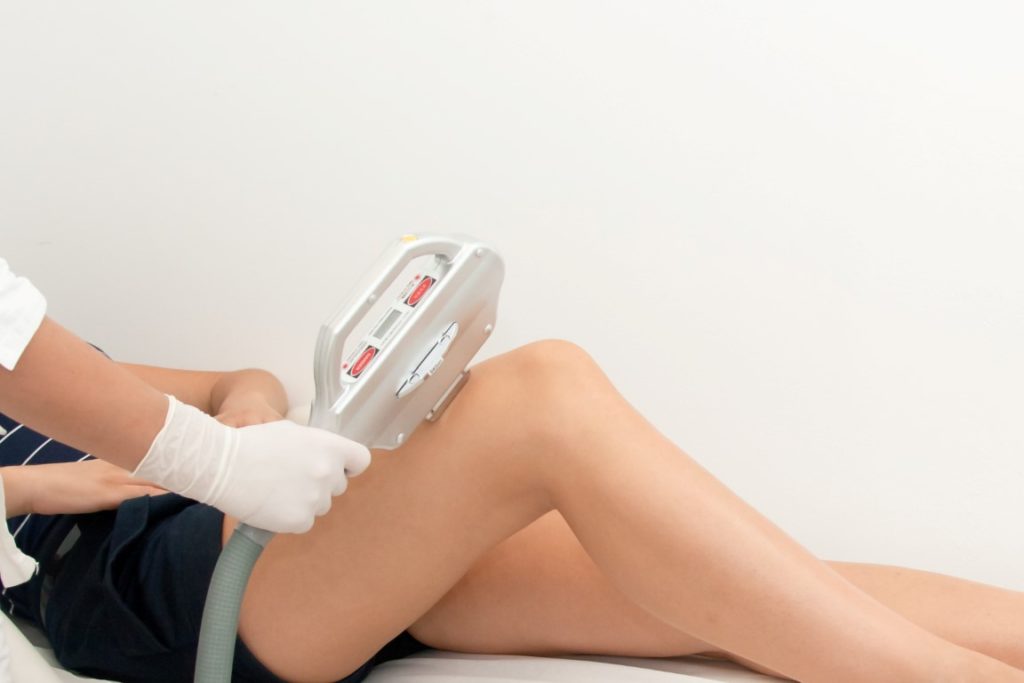Laser hair removal is the process of removing unwanted hair by means of exposure to pulses of laser light that destroy the hair follicle. It had been performed experimentally for about twenty years before becoming commercially available in the mid-1990s.
types of laser hair removal machines:
- Ruby laser Hair Removal
- Alexandrite Laser Hair Removal
- Diode Laser Hair Removal
- Nd-YAG Laser Hair Removal
- IPL- Intense Pulse Light Hair Removal
The lasers designed for hair removal can be used on most parts of the body. Many lasers effectively treat large areas. Laser hair removal can treat the:
- Back.
- Bikini area.
- Chest.
- Face, especially the upper lip and chin.
- Neck.
- Shoulders.
Although laser hair removal effectively slows hair growth, it doesn’t guarantee permanent hair removal. It typically takes multiple laser hair removal treatments to provide an extended hair-free period. Periodic maintenance treatments might be needed as well.
The most common side effects of laser hair removal include:
- Skin irritation. Temporary discomfort, redness and swelling are possible after laser hair removal. Any signs and symptoms typically disappear within several hours.
- Pigment changes. Laser hair removal might darken or lighten the affected skin, usually temporarily. Skin lightening primarily affects those who have darker skin, especially if an incorrect laser is used at an incorrect setting.
Rarely, laser hair removal can cause blistering, crusting, scarring or other changes in skin texture, graying of treated hair, or paradoxically, hair might begin to grow excessively in or around treated area. Laser hair removal isn’t recommended for the eyelid or surrounding area, due to the possibility of severe eye injury.
results:
Results of laser hair removal vary greatly from person to person, and might depend on what area of the body or face is treated.
Multiple treatments can prolong the duration of hair loss — up to years in some cases — but hair regrowth is still possible. For best results, you might need four to six treatments spaced around six weeks apart.




